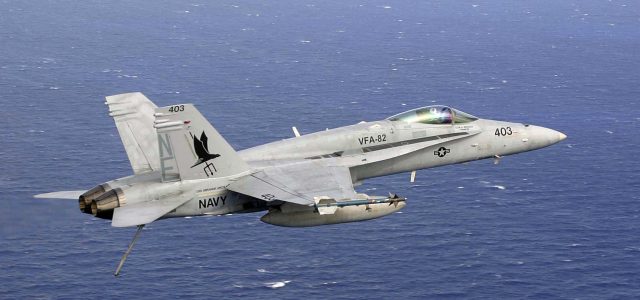With the U.S. Navy using its F/A-18 E/F Super Hornets more rigorously than initially expected, Boeing has started preliminary assessments of what is needed to overhaul the aircraft, increase its combat life and keep it relevant much later into this century.
That work—along with the accompanying need for more parts and future additional domestic as well as international F-18 family aircraft—is expected to keep the company’s production line going into the coming decades, says Dan Gillian, Boeing F/A-18 and EA-18G Growler programs vice president.
To get an idea of what will be needed to whip the Super Hornets back into shape and help prepare them for future work, Boeing is using its Service Life Assessment Program (SLAP) to put together a Service Life Extension Program (SLEP) that will boost fighters’ life to 9,000 hr. from its current 6,000, Gillian says.
For the complete story by Michael Fabey of Aviation Week, click here.
Photo by U.S. Navy
















